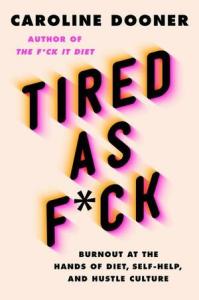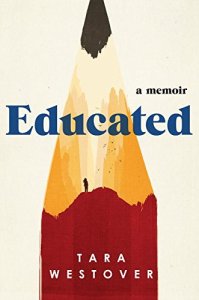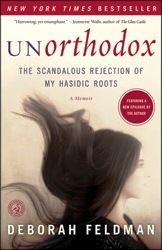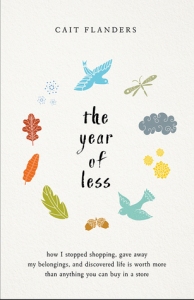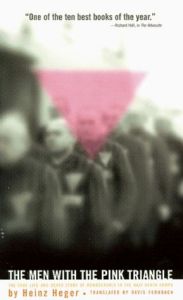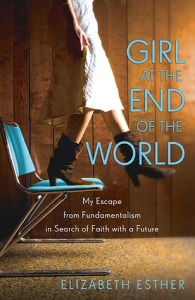Title: Tired as F*ck: Burnout at the Hands of Diet, Self-Help, and Hustle Culture
Author: Caroline Dooner
Genre: Memoir
Trigger Warnings: Dieting, fatphobia, medical content, eating disorder, medical trauma, body shaming, alcoholism (mentions), chronic illness
Back Cover:
Blending memoir and blistering social observations, the author of The F*ck It Diet looks back at her desperate attempts to heal her hunger, anxiety, and imperfections through extreme diets, culty self-help methods, and melodramatic bargains with the universe.
Offering a frank and funny critique of the cultural forces that are driving us mad, Caroline Dooner examines how treating ourselves like never ending self-improvement projects is a recipe for burnout. We have become unknowingly complicit in perpetuating our own exhaustion because we are treating ourselves like machines. But even phones need to f*cking recharge.
Caroline takes a good hard look at the dark side of self-help, and explains how she eventually used a radical period of rest to push back against cultural expectations and reclaim some peace.
Tired As F*ck empowers us to say no to the things that exhaust us. It inspires us to carve out time to slow down, feel okay about doing less, and honor our humanity.
This is not a self-help book, it’s a cautionary tale. It’s an honest look at the dogma of wellness and spiritual self-improvement culture and revels in the healing power of rest and letting shit go.
Review:
I picked this up because, like How to Keep House While Drowning, the title called to me. I am, indeed, tired as f*ck. I also was very intrigued by the “radical period of rest” mentioned on the back cover. I wanted to do something like that, and I hoped this book would tell me how to go about that. My enthusiasm was only increased as the book started out by saying that Caroline set aside two whole years for a radical period of rest. I was very excited, because that is exactly what I need. Just tell me how to do it, Caroline!
My library categorized Tired as F*ck as self-improvement and psychology, which I think is how I got the idea that there was going to be some how-to in this book. This book is, in essence, mostly memoir. There are some parts at the end where Caroline talks about her two years of rest experiment, but most of it is how she ended up at that point. It covers her medical problems, the medical fatphobia that led her to believe all her problems were from not losing enough weight, her attempt to obtain perfect health through diet and weight loss, her struggles with food, her undiagnosed eating disorder, and her career stress as an aspiring actress. A good 80% of the book is just covering all the stressors that led up to her needing those two years of rest.
And I completely get it. Extreme diets are stressful and make life harder at the best of times. Caroline somehow managed to go raw vegan for something like six months, which sounds like absolute hell the way she describes it. There is quite a bit on the stresses of becoming an actress and her attempts to force herself to become one despite disliking a lot of the process, but most of the story focuses on her weight and diet struggles. At some points it started to feel like a whole book advertising her first book, The F*ck-It Diet. (And it comes with a VERY severe trigger warning for eating disorders and dieting.) The self-help and hustle culture that the subtitle hints at takes a back seat to her struggles with diet culture.
It was an inspiring book, overall. Though most of it was just about her eating disorder struggles and did sometimes feel like it belonged in The F*ck-It Diet instead, towards the end when she actually started talking about her rest was good. I think if I’d gone in expecting a memoir, I would have appreciated it more. It was still very good, but I had expected (and wanted) a little more how-to. Because I also am tired as fuck and need to take some extended rest.

